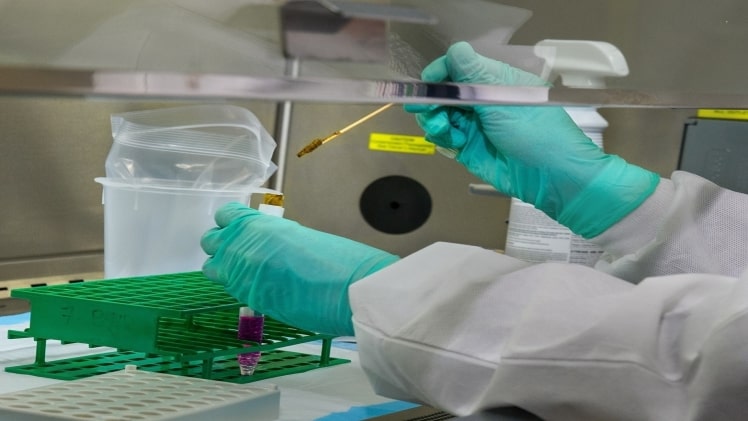A laboratory is where scientists and their assistants work to find a solution to a problem. Scientists and doctors use a laboratory for different purposes. Medical laboratories examine blood and other bodily fluids to find the cause of an illness. Then there are labs that conduct testing of beauty products on animals. Virologists use their laboratories to detect and analyze different kinds of viruses. People working in a laboratory pay intense concentration to their work. Therefore, one must design and organize the lab to boost productivity. Continue reading to learn practical tips on how to boost productivity.
Lab Stations: The lab will look better if separate stations are available. The researchers can do different work simultaneously if the stations are separated and distanced. The stations should be easily moved and joined together to make large workstations if needed. Some of the things necessary for a lab are an analytical balance, weighing dishes, weighing boats, and lab scoops. These things are required to measure ingredients. In a lab, measuring instruments are of crucial use. Make sure to label every item to avoid confusion. Labeling the stations according to their work will help one find things faster.
Clear Bins and Beakers: There are so many things one needs to keep in a lab. One must always use clear plastic containers and glass beakers to store things. You can never use too many labels, so use the label maker to write the name of the item/product/chemical inside the bins/beaker. If you keep things in transparent jars, things are easily identifiable, and one does not spend unnecessary time opening the jar and finding what is inside.
Helpful Software: Scientists use many software and applications to make their workload easier. The software may take pages of data and turn them into useful charts and graphs. Each software works differently to make the research work accurate and less time-consuming. For example, one may check out ISO 17025 software and learn more about its usage and application. The software is customizable and can do wonders to save time for small labs.
Keep A Log: Every little detail matters when you run a lab. For example, a blood test is done on Monday, and the same blood might have to be reexamined 48 hours later. If an assistant forgets the tasks, the previous test results become meaningless. Therefore, one must keep a log of all the work done in the lab to prevent unforeseen accidents.
Adopt Personal Work Systems: everyone works differently. So, the lab must cater to the work schedule of each individual working in the lab. For example, some tests are done in the daylight while others are conducted at night. There are test subjects that need to be observed overnight. So, the lab should be designed so that everyone can use the space accordingly.
Hire The Right People: Many people take care of the items used in the lab. These people must be efficient in their work in order to maintain the lab. Once you have organized people taking care of the lab, the space is bound to be organized.

